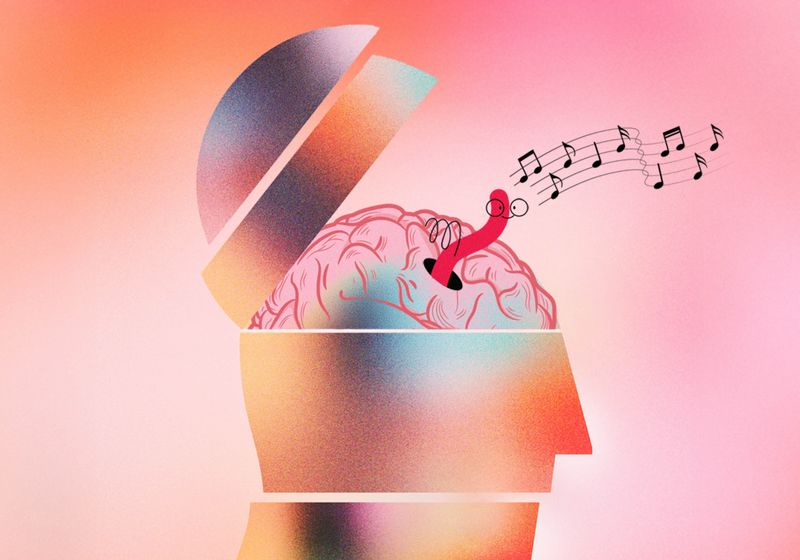Have you ever had a song or a commercial’s jingle stuck in your head? This is called an earworm, but what causes this soundbite to autoplay in the brain on an endless loop?
Leonardo Bonetti studies the neuroscience of musical memory at Aarhus University and the University of Oxford.
Elisa Serra
According to Leonardo Bonetti, a neuroscientist at Aarhus University and the University of Oxford, “There is really not a clear theory about earworms, because it’s very difficult to study [them].” Because these auditory loops are involuntary, researchers can’t use methods like they do to explore other brain phenomenon. However, understanding music structure and how the brain processes sounds can offer some clues.
The first part of auditory perception is in the inner ear, where the individual frequencies of a sound wave activate specific regions of the cochlea.1 These excite neurons in the auditory complex of the brain, which then interpret each sound component.2 In this region, arrangements that create consonant sounds, where the harmonics of successive notes or chords align, appear to be more hardwired into the brain, making them more recognizable.3
Bonetti explained that this could mean that information from these sounds reaches memory areas of the brain faster than sounds that lack this feature. “Depending on how you arrange the sounds, you get melodies that are very much memorable or melodies that are absolutely not memorable at all,” he said.
Bonetti said that these preferred intervals show up in a variety of audio sources, from classical music to pop hits. In the case of modern songs, these take advantage of faster tempos and a rise-fall structure that keeps people hooked.4 Marketers also took note of these memorable qualities and capitalized on them in the form of simple, repetitive jingles designed to get stuck in listeners’ heads. However, while these auditory tricks may ingrain these catchy hooks into people’s brains, why do they suddenly emerge unprompted as the dreaded earworm?
One hypothesis for earworms relates to the neural replay process that the brain uses for memory. Normally, neurons related to the information to be remembered activate during sleep or even while a person is awake, but the individual isn’t aware of the this processing. In the case of an earworm, Bonetti said, “The replay in our mind gets, perhaps, out of hand from our brain, and somehow we become aware [of it] on a perceptual level.”




